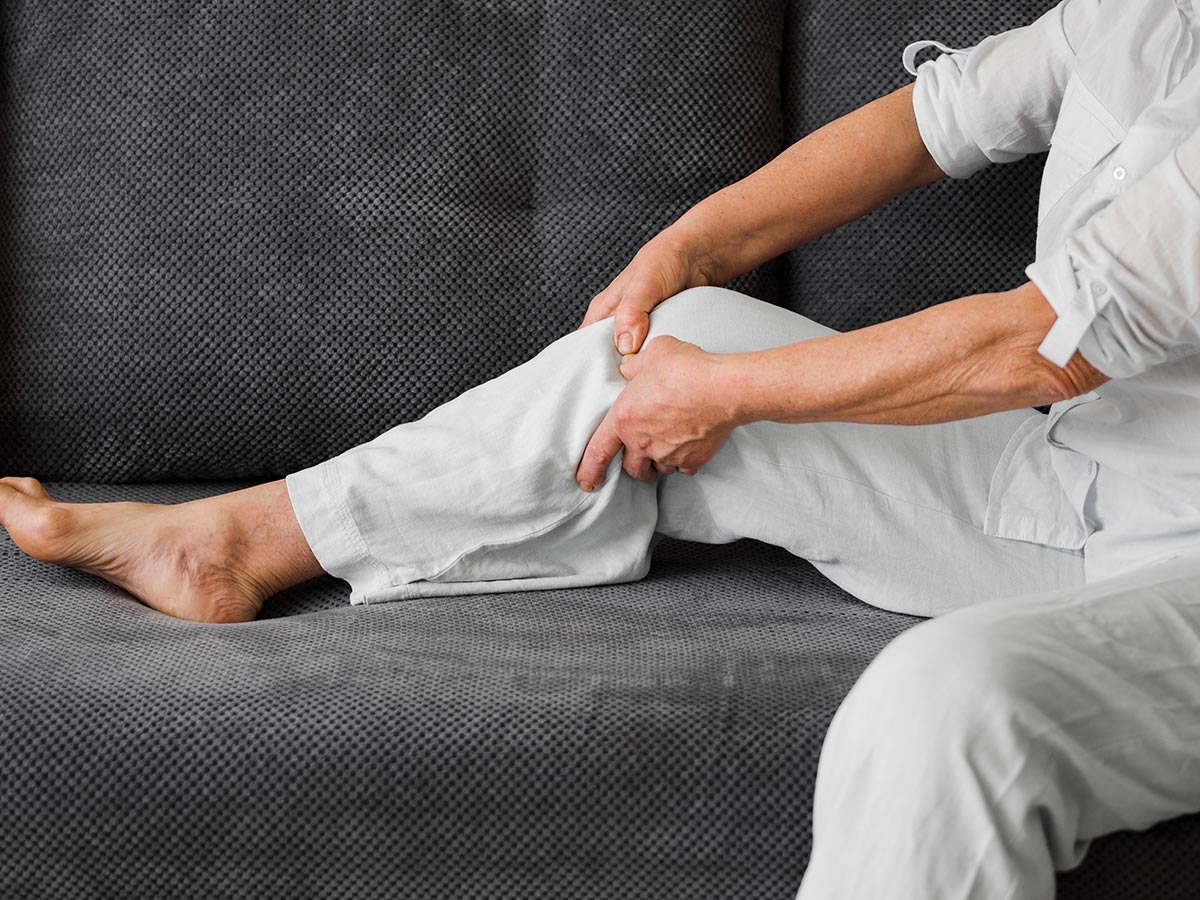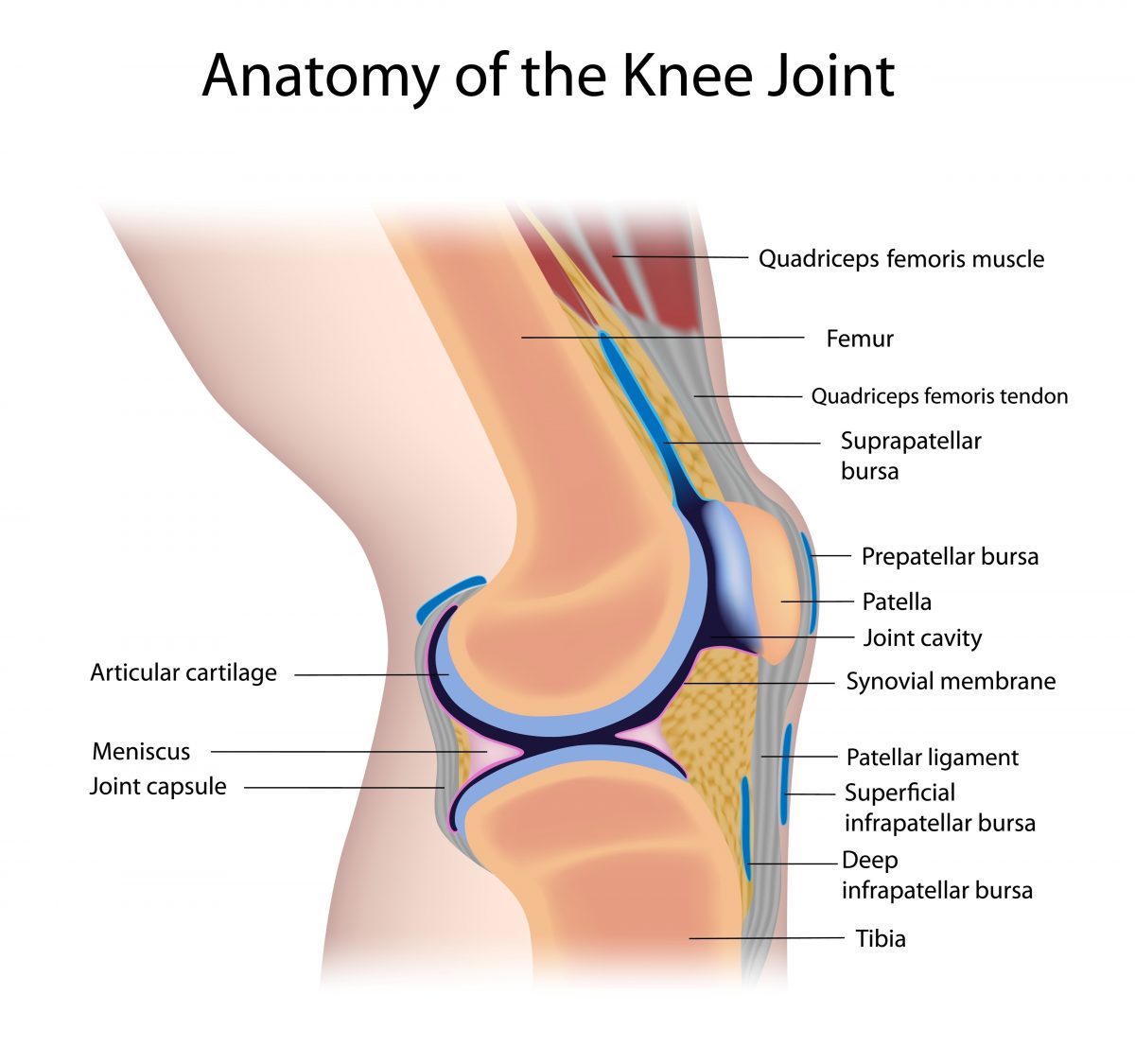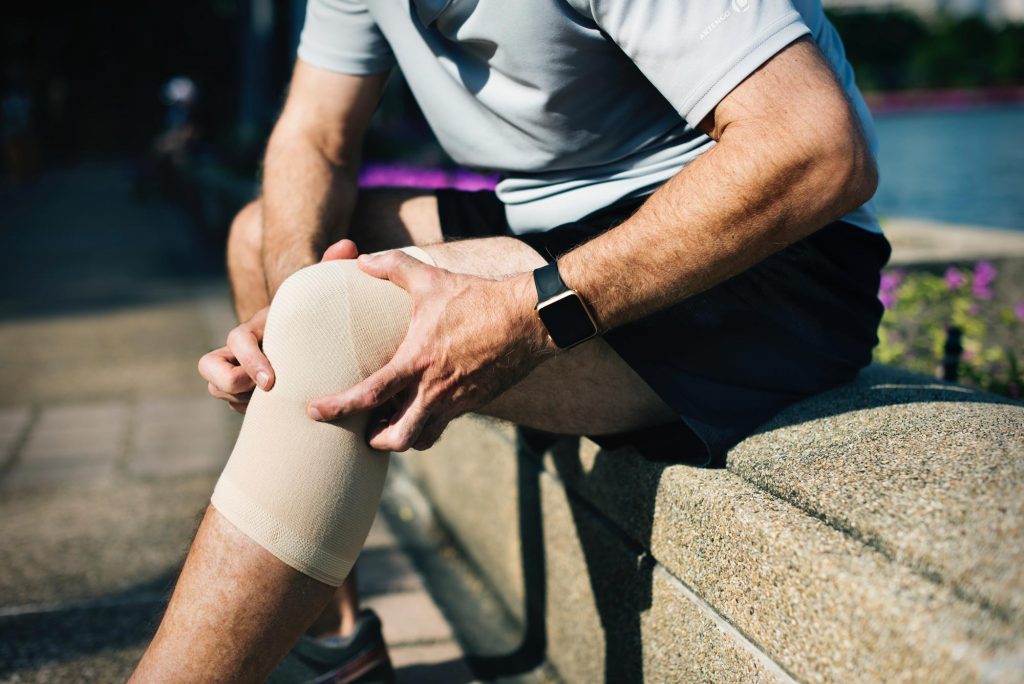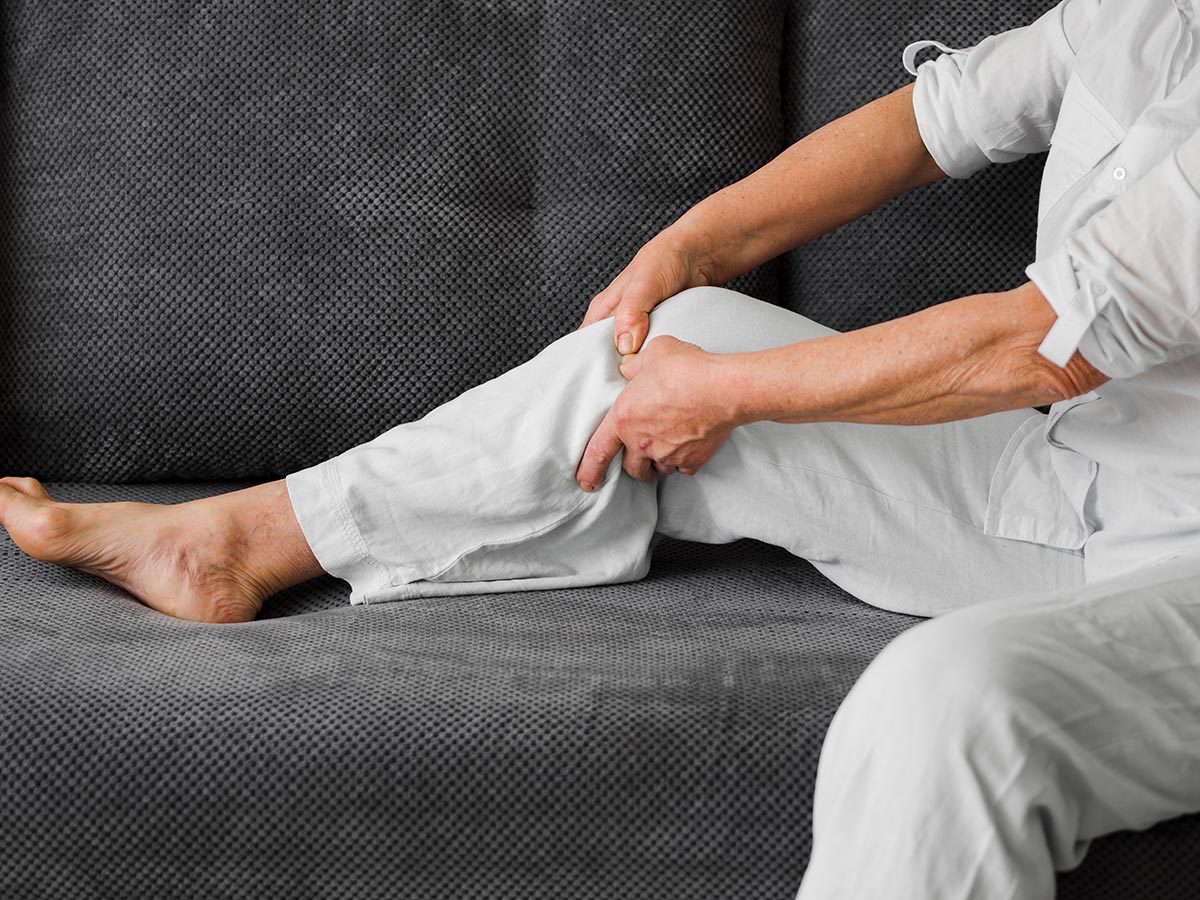
Table of Contents
Posterior knee pain is pain behind the knee. The knee’s construction includes various moving parts, meaning there is more than one way for something to go wrong. In fact, back of knee pain may begin with an issue with muscle, bone, or connecting ligaments above, below or alongside the knee cap or even something. Knee pain is among the most common medical conditions, with almost 25% of adults living with chronic knee pain. Living with back of knee pain is a quality of life issue.
Symptoms
Back of knee pain is usually accompanied by other symptoms indicating a bone or tissue problem has developed in the joint. The following are the common symptoms.
- Swelling behind the knee
- Sharp pain in the back of the knee when bending
- Stiffness in the back of the knee
- Generally aching sore back of knee
- Throbbing pain behind the knee
- Pain behind the knee that radiates down the calf
- Pain accompanied by warmth in the back of the knee
- Pain when straightening the leg or getting up from a sitting position
The knee pain may get worse when doing certain moves, depending on the cause of the pain. Pain or stiffness in the back of the knee may feel more intense when walking, bending, pivoting, making fast moves, going up or down stairs or squatting and rising. To complicate matters even more, sometimes people have hip osteoarthritis that appears as knee pain.
Causes
The knee structure is one of the most complex in the body. It is composed of bone, ligaments, tendons and cartilage that can be injured, diseased or experience normal wear and tear from daily use. The knees are used for almost every movement you make, so a sore back of the knee can interfere with daily activities, cause psychological distress, disrupt sleep and generally lower the quality of life.

Following are some of the common causes of pain behind the knee.
1. Arthritis
Inflammatory arthritis such as osteoarthritis, rheumatoid arthritis and psoriatic arthritis causes tissue swelling or disintegration or bone issues, like bone erosion.
2. Baker’s cysts (Popliteal cyst)
A fluid-filled sac at the back of the knee, causing swelling and placing painful pressure on nerves in and around the knee joint; often a symptom of a degenerative condition in the knee like a meniscal tear.
3. Torn or sprained anterior cruciate ligament (ACL)
An ACL injury causes pain in the back of the knee, knee swelling and impairment to the knee’s range of motion.
4. Torn meniscus
The cartilage in the knee that serves as a shock absorber tears; common with athletes, the meniscus also deteriorates due to aging or repetitive awkward pivoting at work or home.
5. Chondromalacia patella (Runner’s Knee)
A breakdown or erosion of the cartilage behind the kneecap leading to the kneecap rubbing against the thigh bone, causing swelling and pain.
6. Hamstring injury
Large hamstring muscles begin in the pelvis and pass across the knee to attach to the leg bones under the knee; injury to the muscle or the tendon attaching the muscle (low hamstring tendonitis) causes pain in the back of the knee.
7. Deep vein thrombosis (DVT)
A serious condition in which a blood clot develops deep in the knee and causes knee and leg pain and swelling; requires immediate attention of a doctor because blood clots can break loose and travel to the lungs.
8. Dislocation
The kneecap pops out of its correct place in the joint, or a bone connected to the knee is dislocated.
9. Bone fracture
Bone fractures to the shin, thigh or knee cap may happen suddenly, or bones may splinter, and the fracture only becomes known over time.
10. Referred pain from an issue in the front of the knee
Pain frequently radiates along the network of nerves, making it seem like the back of the knee joint has an issue when the issue is in the front of the knee or some other location in the body.
Some people experience posterior knee pain because of weak or tight thigh muscles. These muscles change the normal movement of the kneecap, causing it to get out of alignment or rub against bones. These are only some of the more common causes of pain in the back of the knee.
Treatments
With so many possible causes of pain behind the knee, treatments vary. The first thing a doctor may suggest is trying the RICE treatment. This involves resting the leg, icing the knee, compressing the knee with an elastic bandage and elevating the leg. These are steps that may reduce the swelling causing pain. Another standard treatment is taking over-the-counter NSAIDS (nonsteroidal anti-inflammatory drugs).
| R | resting the leg |
| I | icing the knee |
| C | compressing the knee with an elastic bandage |
| E | elevating the leg |
If pain develops suddenly or persists, further diagnostic testing is needed. This can include doing an MRI or X-ray and developing a treatment plan based on the results. For example, reducing swelling from arthritis will include applying heat or ice, wearing a knee brace and taking prescription NSAIDs. Knee corticosteroid injections or joint injections can significantly reduce knee pain.
If you have a Baker’s Cyst, exercises are recommended to loosen tight muscles contributing to the issue. If you have an ACL sprain, the treatment plan will include the RICE principles plus Protect (PRICE) to reduce swelling and pain. Doing recommended exercises is important for regaining the full mobility and stability of the knee. In the worst cases of a severe knee sprain that leads to ongoing instability in the knee, you may need surgery.

See Your Doctor
Given the complexity of the knee structure, there is no single treatment plan for the back of the knee pain. However, if the pain develops quickly and is intense, or home treatments are not helping after 2-3 days, it is important to see a doctor. Many causes of a sore back of the knee are treatable, or the pain from a condition like arthritis is manageable. It is easy to aggravate a knee condition without proper care and cause permanent damage, leading to chronic pain and knee instability.
Sources
- https://www.beckersspine.com/orthopedic/55720-1-in-4-us-adults-suffer-from-chronic-knee-pain-survey.html
- https://www.ncbi.nlm.nih.gov/pmc/articles/PMC5859208/
- https://www.ncbi.nlm.nih.gov/books/NBK430774/
